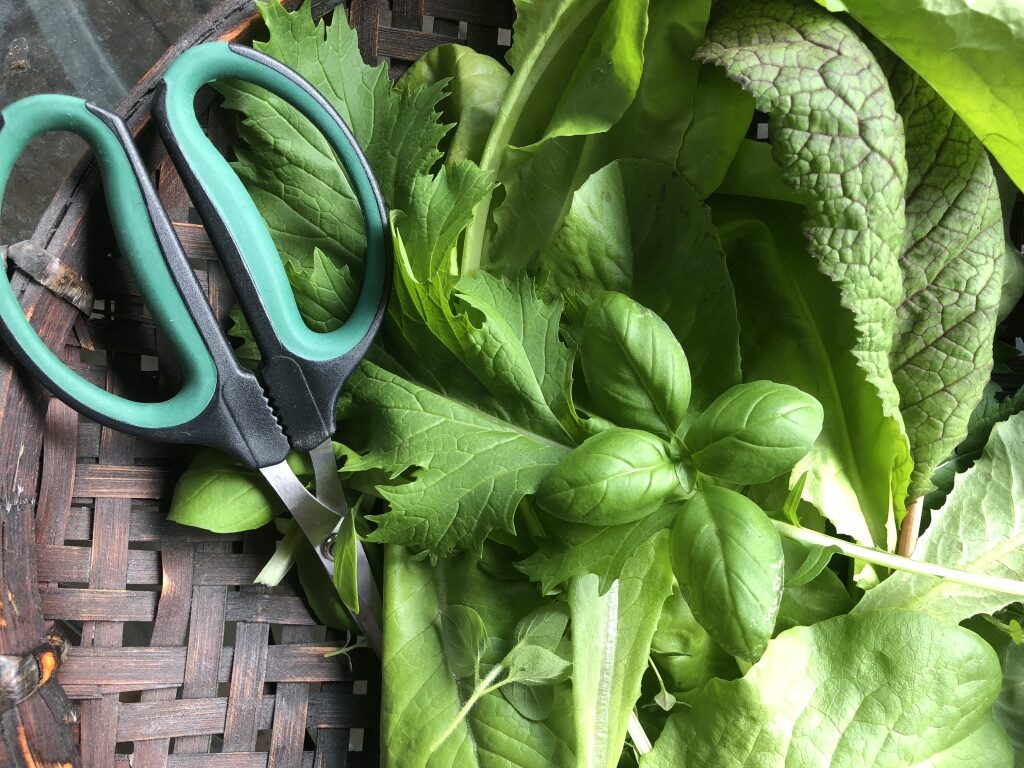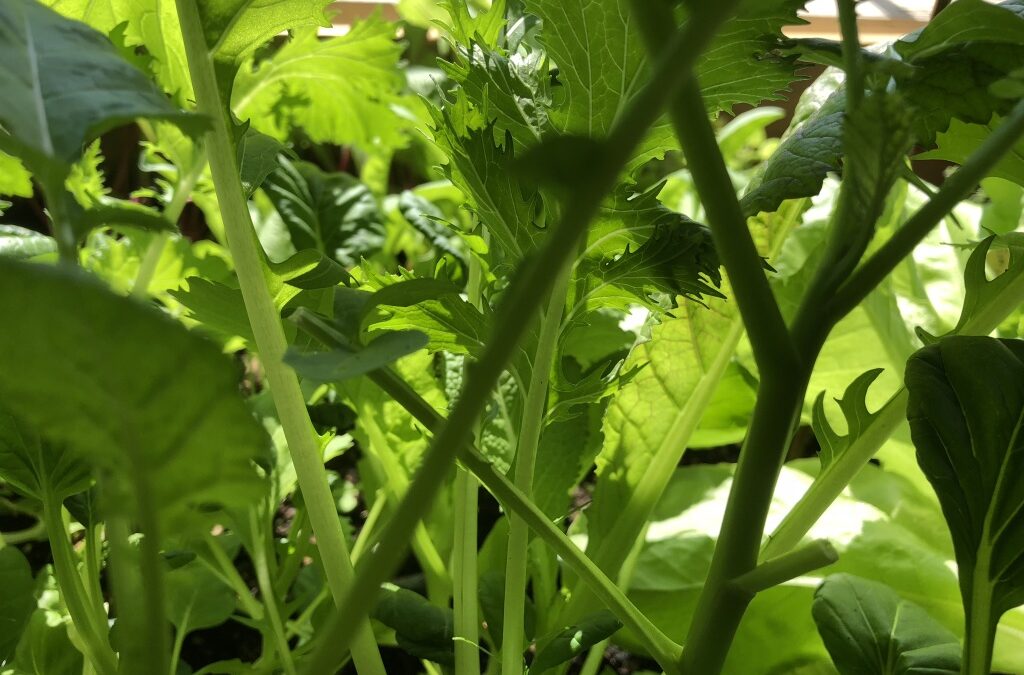Honestly, I’m not sure how much I’ve spent on my little porch garden. It’s certainly more than $1000.
Why would I pay over $1000 to grow fresh lettuce and spinach, beets and herbs, cilantro and tomatoes, strawberries and cantaloupe, and a myriad of other kinds of vegetables and fruits?
It’s about availability. Since the COVID-19 pandemic hit, there have been rumors that our food system is breaking down. Like thousands of others, I suddenly had the urge to be proactive about my life when it comes to food consumption. I stopped eating meat. I stopped eating sugary foods. I gave up coffee and wine (well, sometimes I still have a glass), and I began growing my own produce.
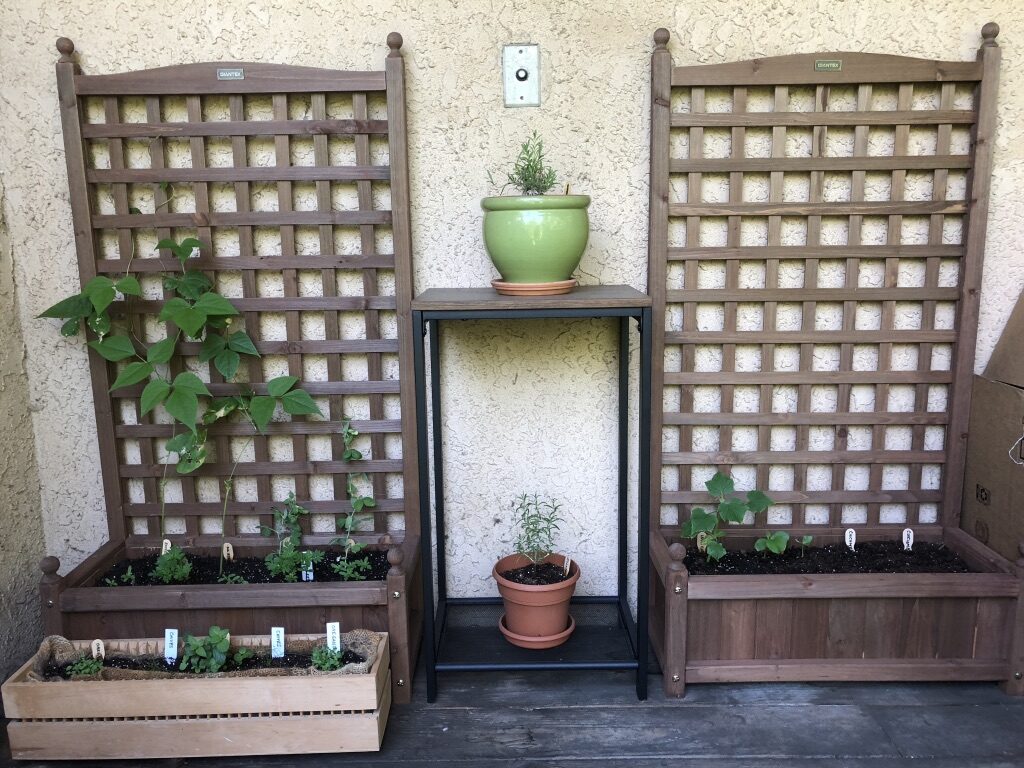
But really, it goes beyond availability. It’s about the flavor and nutritive value of homegrown goodness. There’s nothing like the taste of garden-fresh produce, and it’s so much better for you than what you get in the grocery stores. The flavors pop and bring me back to my childhood when we always had fresh food from my father’s hobby garden.
The pandemic has brought us some fruits. Thousands of us seem to have gotten the same message at the same time. Grow your own food. This is partially why it’s been so expensive to get my garden set up. The prices went sky high with the new demand, and it was difficult to get many of the plants, seeds, containers, and soil needed for such a venture.
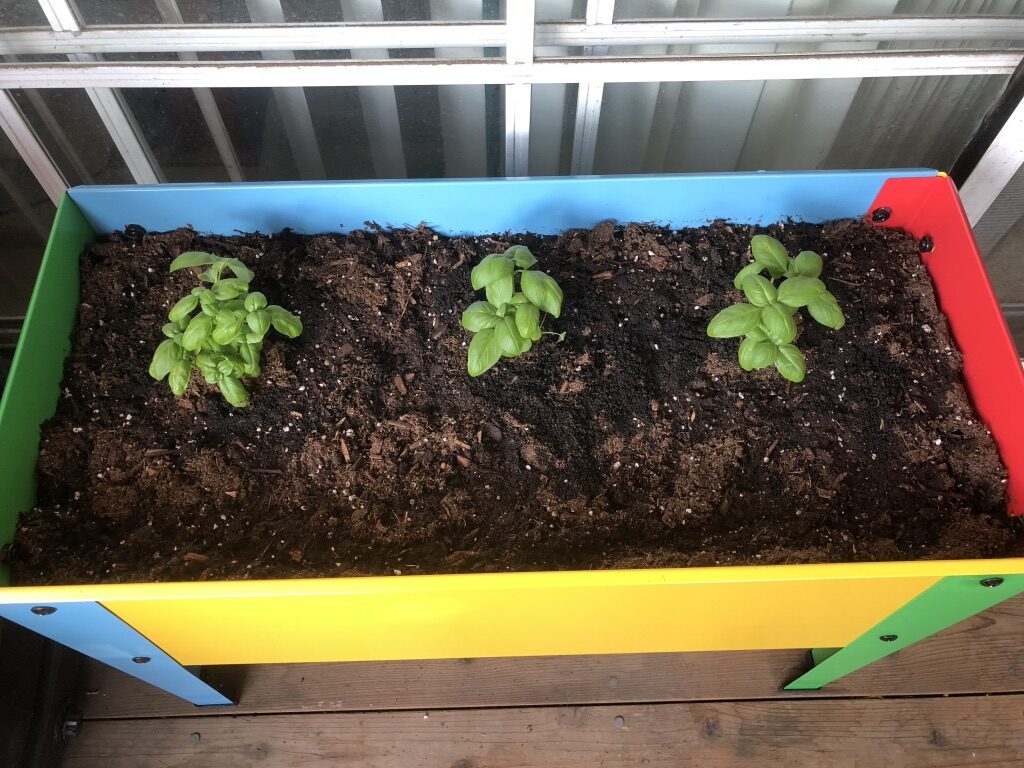
I’m not a wealthy person. I’m semi-retired and make do with a small pension and some social security. I teach yoga and breathwork and give soundbaths, though the COVID-19 pandemic has shut down much of that work. But spending money on this beyond-a-hobby garden has been well worth the investment.
My garden is totally organic. I use worm castings (poop) for fertilizer, neem oil spray to keep beetles and moths from eating the leaves, diatomaceous earth to keep the harmful crawlies away, and I’ve started a compost bin, so I can replenish the soil with rich humus.
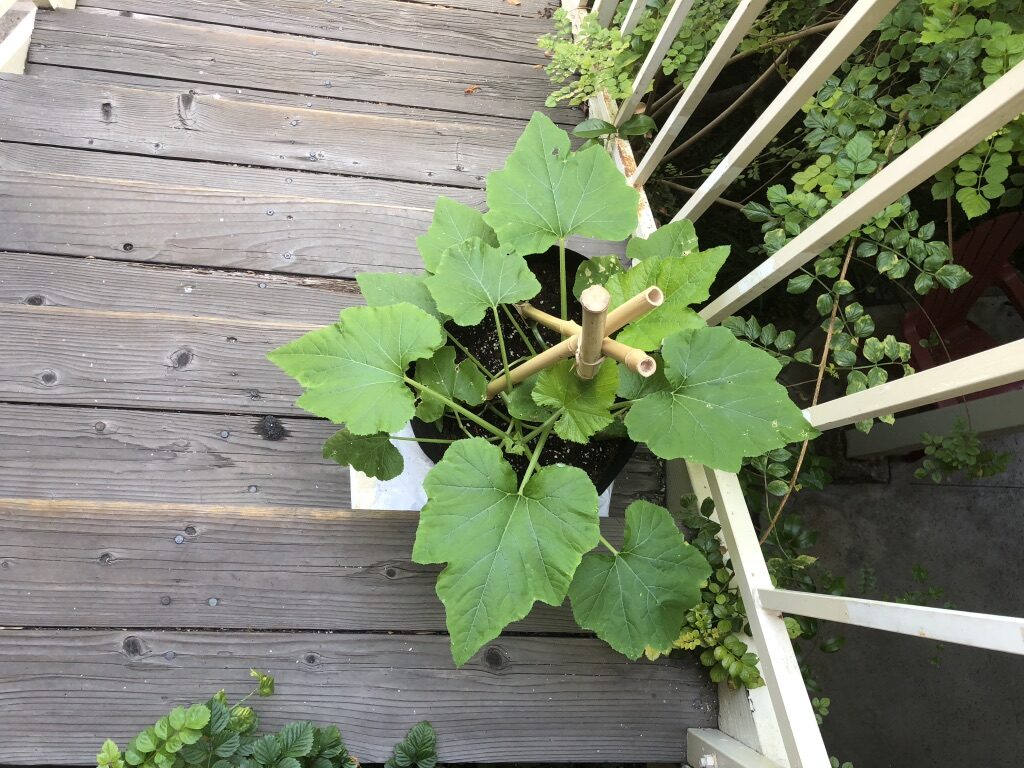
Even before this coronavirus hit us, I’ve known for years that our food source was in trouble. So much of what we eat is grown with chemical pesticides and fertilizers that poison the earth and the food we eat. The big farms that supply most of our food rely on planting single crops and using chemicals, which has left our topsoil depleted and anemic.
The way we grow our food is not sustainable. It robs the earth of nutrients in the topsoil, the nutrients that plants pass along to us when we eat them. The chemicals hinder absorption of those nutrients. A double-Whammy!
So… you guessed it. We don’t get the nutritive value from our food that we need to sustain our own health. That’s why we have to take supplements.
It’s time for us to grow our own food and buy from local, smaller farms that sell organic produce. Many of these farmers are now turning to organic, regenerative agriculture to rehabilitate the land by strengthening the health and vitality of the soil.
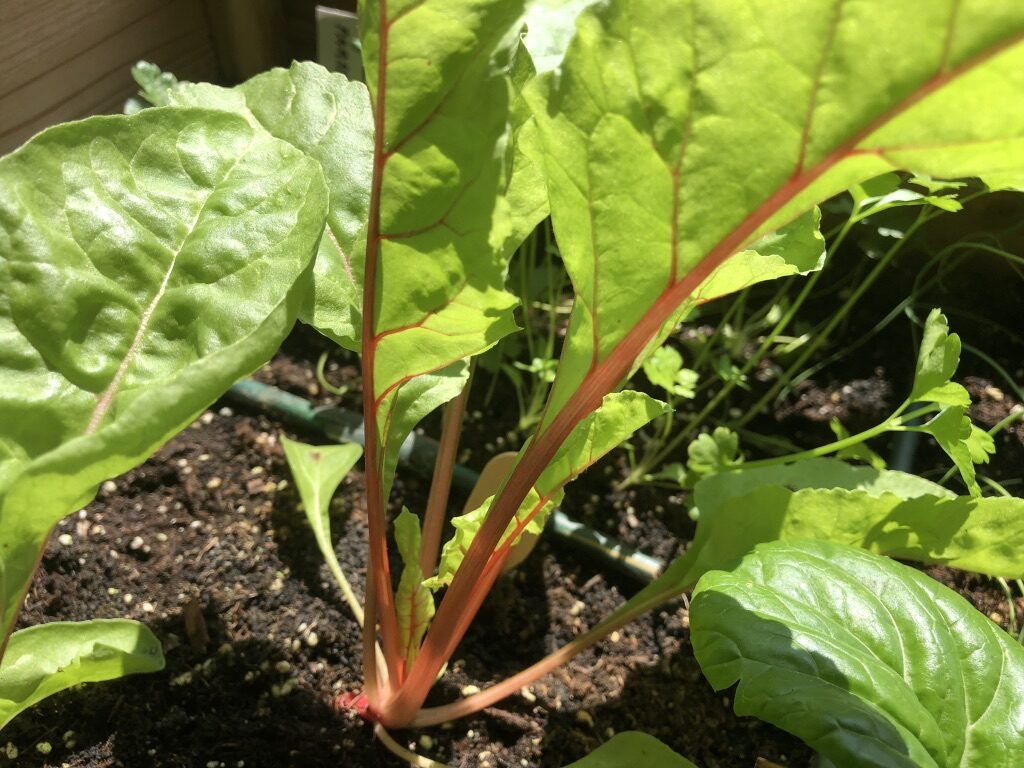
he practice of regenerative farming focuses on building soil health, regenerating and deepening the topsoil, crop diversity, biodiversity of beneficial soil organisms, increasing crop resilience, improving water retention, and limited-to-no-tillage. Building soil health and vitality optimizes yield and crop health naturally and increases nutritive value.
Regenerative farming helps to solve climate change by reducing CO2 emissions through biosequestration. Biosequestration is the capture and storage of atmospheric greenhouse gases through practices such as reforestation and sustainable agriculture.
We can do our part in cutting CO2 emissions by reducing meat consumption and consuming a plant-based diet. You don’t have to go full vegan to have a positive impact on our planet. Just eat less meat and more fruits and veggies!
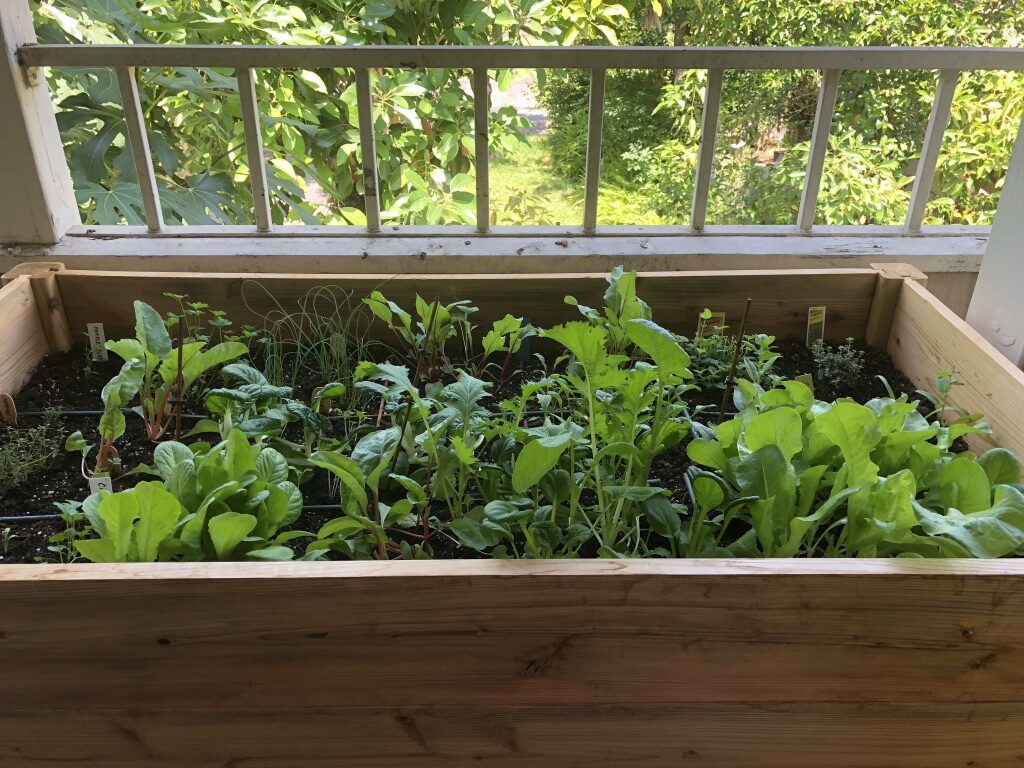
Back to my little porch garden…
I’m growing my green babies mostly from seed on my apartment porch. The light isn’t ideal, so sometimes I have to move plants around. The sun here in southern California can be fierce, so I cover the more delicate plants, like Bibb lettuce, with cheese cloth in the heat of the afternoon.
You do have to take some time and care, but it’s good for you and good for your plants. It’s a chance to be in the moment, to breathe and create space for your inner life, knowing that the fruits of your labor will taste so good.
You don’t have to have a big outdoor space. And you don’t have to spend $1000 to have fresh lettuce. Start small. If you don’t have outdoor space, grow something on a windowsill. Just grow something.
